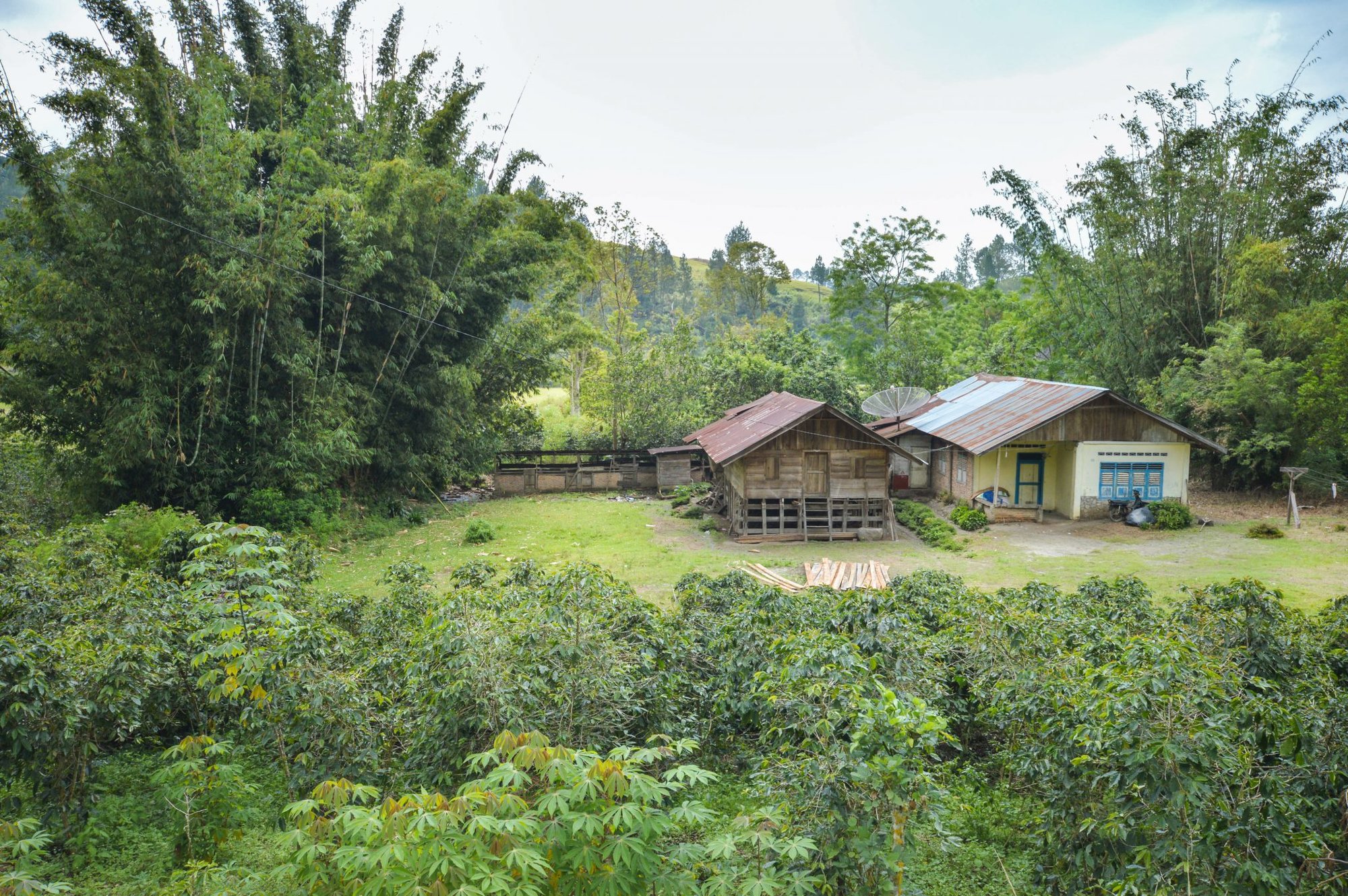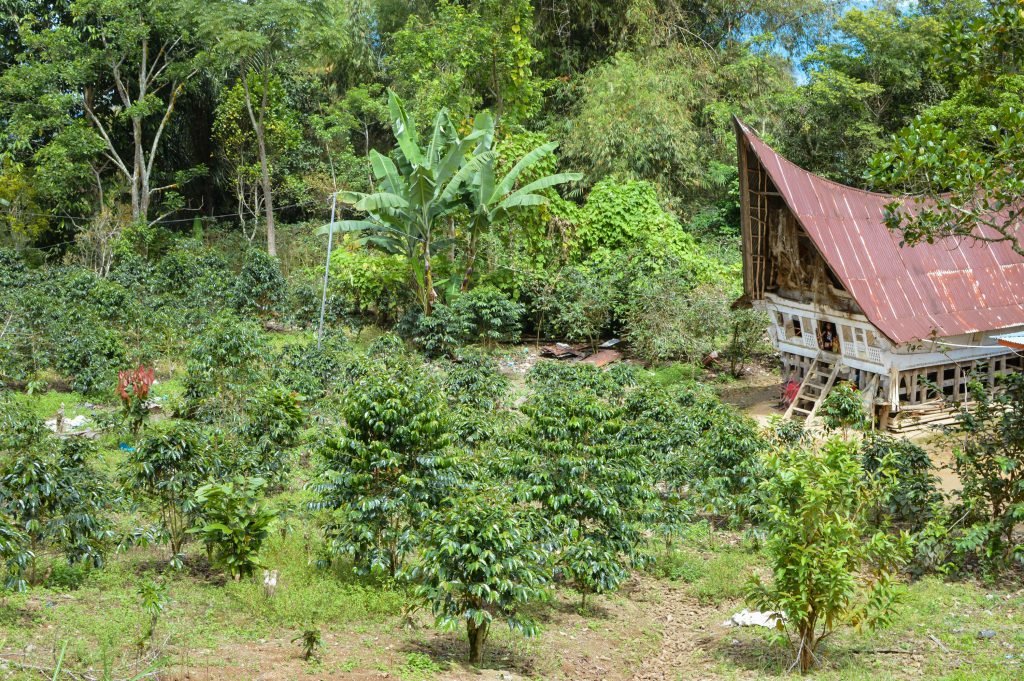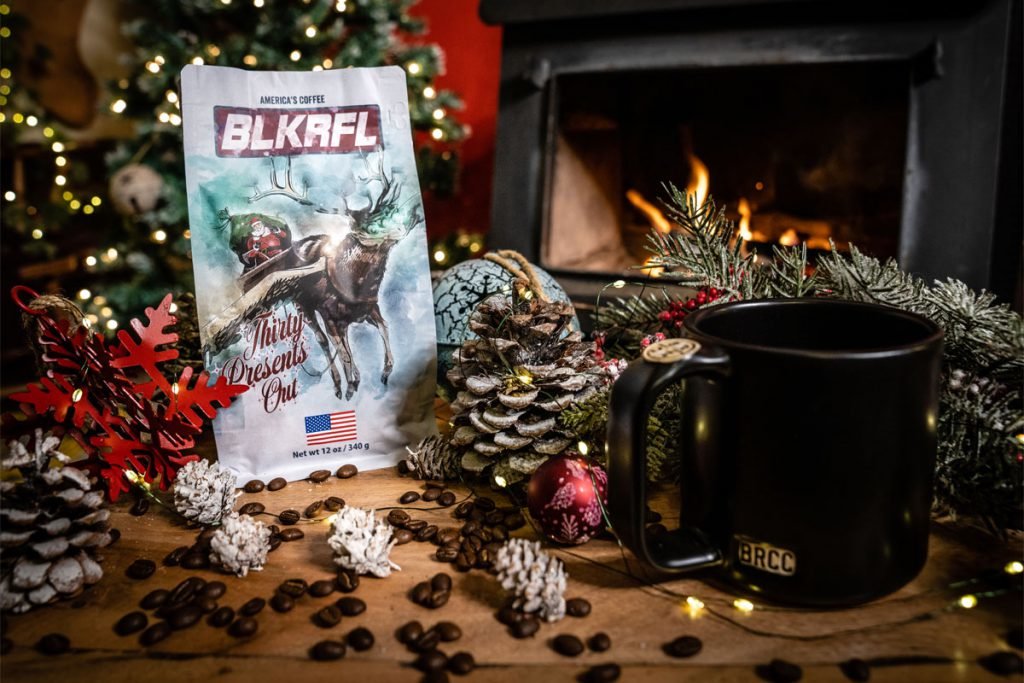What Is So Special About Coffee from the Indonesian Island of Sumatra?

Beautiful landscape with coffee plantations in the highlands of Samosir Island in North Sumatra, Indonesia
Indonesia is the largest archipelago in the world and the world’s fourth most populous nation, made up of 17,508 different islands. Its people are scattered among nearly 6,000 of these. The Indonesian island of Sumatra, home to nearly 50 million people, houses some of the most biologically diverse rainforests in the world — as well as some of the most famous coffee.
Sumatra itself has a rich history of kingdoms rising and falling, including principalities from the neighboring island of Java — whose name may be familiar today as slang for coffee. The Javanese, among others, made contact with European settlers and colonizers on the Sumatran island, as the Portuguese, then the Dutch and the English, attempted to lay claim in whatever way they could. This resulted in Sumatra being one of the first places to produce coffee on a large scale after it was introduced to the island by the Dutch in the 1600s.
In the late 1800s, a coffee rust epidemic tore through much of the Sumatran coffee crop, and many of the Dutch plantations shut down. As a result, the Dutch monopoly on Indonesia and, as an extension, Sumatra ended. In their place, the previously oppressed and brutalized Indonesian laborers took up small plots of land and began a trend of smallholder coffee farms. That trend still stands today.

As a whole, Indonesia is the fourth–largest coffee producer in the world, and Sumatra accounts for about 74% of its crop. Much of that comes from the smallholders, who established various types of beans throughout Sumatra and Indonesia, such as the typica and caturra.
Both beans are known for their hardiness, as well as their rich, thick body, medium acidity, and earthy aromas. Beyond the choice of bean, the geography of Sumatra makes for near-perfect conditions for coffee growing; standard Arabica crops grown in Sumatra could have an entirely different flavor profile than the same bean grown elsewhere. This earthy flavor and an herbaceous characteristic come from the soil quality, the varietal mixing of the typica and caturra beans, and the processing technique.
That technique, known as giling basah, is a unique aspect of Sumatran coffee. The method came into popularity in the 1970s. Prior to that, much of Sumatran coffee was processed using the two most common methods: washed and natural. When the Japanese became interested in Sumatran coffee, a wet-hulled process was introduced.

Giling basah translates directly to “wet hulled.” This process is key to Sumatran coffee’s unmistakable flavor, and it also helps farmers produce more coffee amid Sumatra’s humidity. The beans are hulled in small batches and then sold to a collector or marketplace where the coffee is dried until it reaches a globally accepted moisture level.
The giling basah process concentrates flavor into the beans and gives them a distinctive bluish-green color before roasting. Some Sumatran coffee is still processed using the more typical washing process, but most of that is for domestic consumption.
Beyond coffee, Sumatra contributes nearly 70% of Indonesia’s income from its plentiful natural resources, including oil, metals, and rubber. The country’s reliance on coffee as a major part of the economy faces some instability. Climate-related issues and price instability have caused some Sumatran farmers to move away from coffee to more stable crops like citrus. Sumatra is becoming hotter and drier, leading to lower crop yields and more citrus plantations. The trend is a troubling one, but for the time being Sumatran coffee remains some of the most beloved in the world.

Tim Becker is a freelance journalist and journalism student at Florida Atlantic University. Tim has a diverse set of interests including gaming, technology, philosophy, politics, mental health, and much more. If he can find an angle to write about something, he will. Aside from his interests journalism is his passion. He wants to change the world with his words and photography. Tim writes for a variety of publications including the GoRiverwalk Magazine, the FAU University Press, and his personal blog on Medium.
BRCC and Bad Moon Print Press team up for an exclusive, limited-edition T-shirt design!
BRCC partners with Team Room Design for an exclusive T-shirt release!
Thirty Seconds Out has partnered with BRCC for an exclusive shirt design invoking the God of Winter.
Lucas O'Hara of Grizzly Forge has teamed up with BRCC for a badass, exclusive Shirt Club T-shirt design featuring his most popular knife and tiomahawk.
Coffee or Die sits down with one of the graphic designers behind Black Rifle Coffee's signature look and vibe.
Biden will award the Medal of Honor to a Vietnam War Army helicopter pilot who risked his life to save a reconnaissance team from almost certain death.
Ever wonder how much Jack Mandaville would f*ck sh*t up if he went back in time? The American Revolution didn't even see him coming.
A nearly 200-year-old West Point time capsule that at first appeared to yield little more than dust contains hidden treasure, the US Military Academy said.












